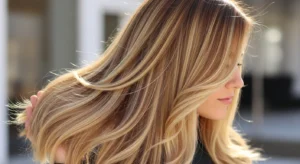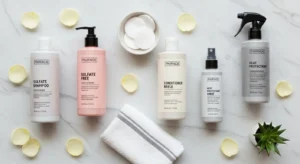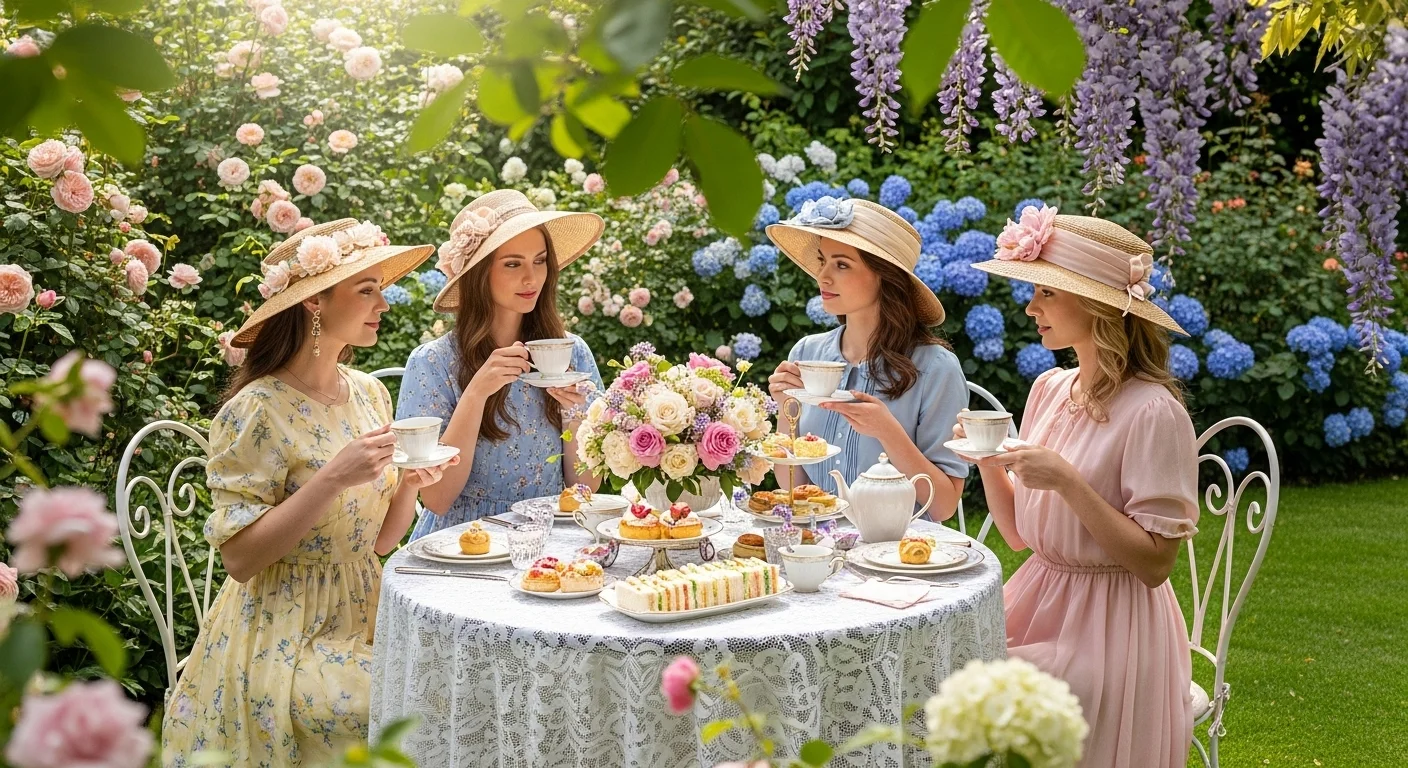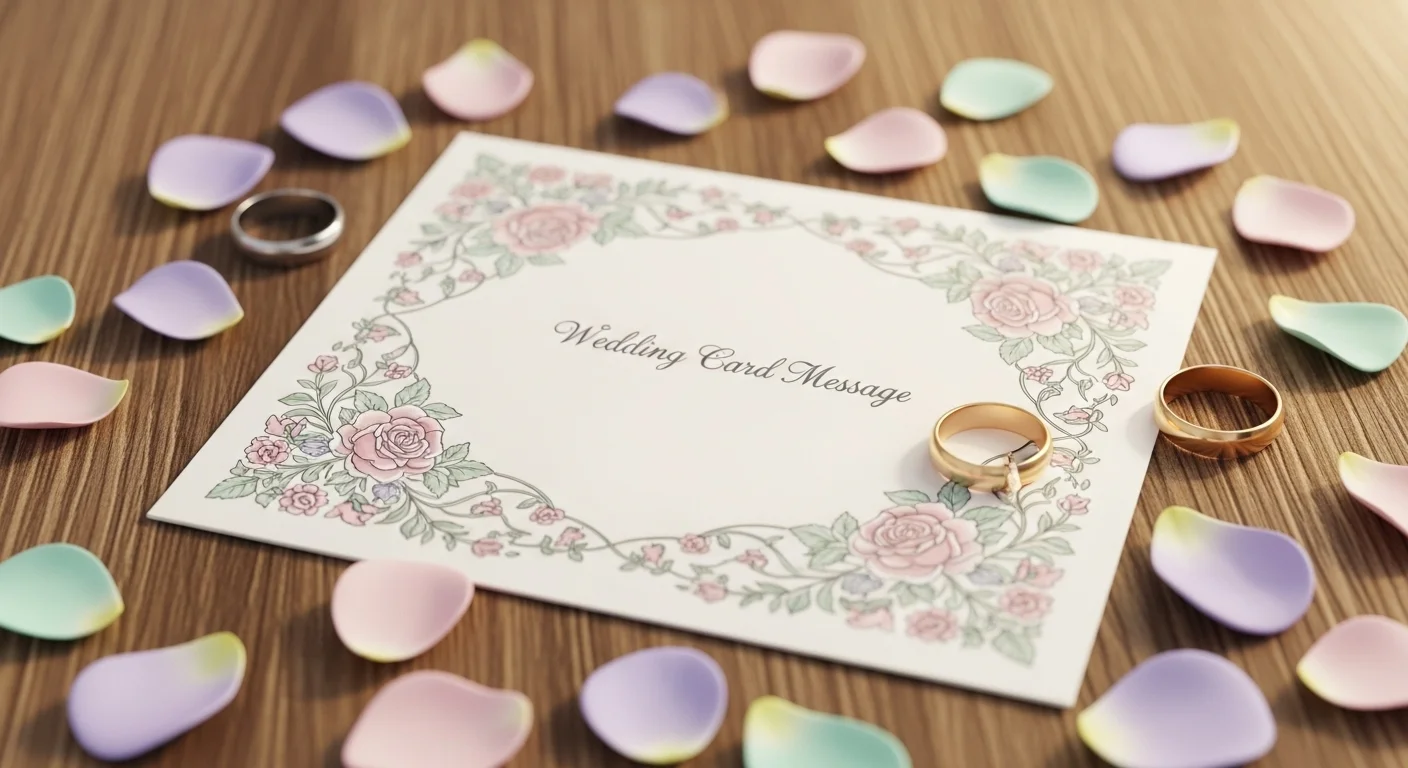Balayage continues to be one of the most requested hair color techniques around the world. Its natural, sun-kissed results make it an easy favorite among those who love low-maintenance color. Yet many people still find themselves confused when deciding between partial balayage vs full. Understanding how these two techniques differ can help you achieve your dream look while maintaining the health of your hair.
What Is Balayage?
Balayage is a French coloring technique where color is hand-painted onto the hair instead of using traditional foils. The result is a seamless blend that mimics the way sunlight naturally lightens hair. Unlike highlights that start from the roots, balayage gives a softer transition and more natural dimension. It has become a go-to technique because it works on all hair lengths, colors, and textures while requiring minimal upkeep.
Understanding Partial Balayage
A partial balayage focuses on specific areas of your hair, usually the top layers or the front sections that frame your face. The purpose is to add brightness and depth without fully committing to an all-over color change. This technique enhances your natural hair tone while giving you a refreshed appearance.
Who it’s best for:
Partial balayage is perfect for beginners, people with limited budgets, or anyone who prefers subtle, low-maintenance color. Because fewer strands are painted, the process takes less time and generally causes less damage. It’s also ideal for someone who wants to test out the balayage look before going for a full transformation.
Understanding Full Balayage
Full balayage covers the entire head, from roots to ends, creating an overall lighter, more dimensional effect. It provides a noticeable change in your hair color and can dramatically enhance volume and texture. This style works well for those who want to achieve a sun-drenched look or make a bolder statement with their color.

Who it’s best for:
Full balayage is ideal for people seeking a major transformation or those whose hair is naturally dark and need more coverage to achieve contrast. It requires more time and investment but delivers maximum impact and brightness.
Detailed Comparison of partial balayage vs full
When comparing partial balayage vs full, there are several differences to consider.
Visual Impact:
Partial balayage provides a subtle glow, focusing on light around the face and crown. Full balayage brightens the entire head, giving a uniform, sun-lit look.
Salon Time:
Partial sessions usually take 1.5 to 2 hours, while full balayage may take 3 to 4 hours, depending on hair length and density.
Cost:
Partial balayage is generally more affordable since it requires less product and stylist time. Full balayage can cost significantly more, but the results often last longer before touch-ups are needed.
Maintenance:
Partial balayage grows out naturally and needs fewer salon visits. Full balayage may require regular toning to keep the brightness intact. However, both styles allow longer intervals between color appointments compared to traditional highlights.
How to Decide Based on Your Hair Type and Lifestyle
Your choice between partial and full balayage should depend on your hair type, personal style, and how much maintenance you’re comfortable with.
-
Short Hair: A partial balayage works best to create dimension without overwhelming the cut.
-
Long Hair: Full balayage adds depth and movement throughout the length, enhancing waves or curls.
-
Fine Hair: A full balayage can make hair appear fuller and more voluminous.
-
Thick Hair: Partial balayage prevents the color from looking heavy or overdone.
-
Busy Lifestyle: Partial balayage requires fewer salon visits and touch-ups.
-
Desire for Change: Full balayage is perfect if you’re craving a visible, all-over transformation.
Salon Prep: What to Ask Your Stylist
Before you commit to either option, it’s essential to consult with your stylist. Bring inspiration photos and be open about your goals, maintenance preferences, and budget. Some helpful questions to ask include:
-
What level of lightness can I realistically achieve without damaging my hair?
-
How often will I need toning or touch-ups?
-
Which shades complement my skin tone?
-
What home care products will help maintain my color?
Having this conversation ensures your stylist tailors the technique to your hair’s health and desired outcome.
Post-Service Care and Long-Term Maintenance
Regardless of which version you choose, aftercare is key to keeping your color vibrant. Use a sulfate-free, color-safe shampoo and conditioner to prevent fading. Incorporate a weekly hydrating mask and use a heat protectant before styling.

Partial balayage may need touch-ups every 3 to 4 months, while full balayage could require maintenance every 2 to 3 months, especially if you prefer to keep the brightness consistent. Limiting sun exposure and minimizing heat styling also help extend the life of your color.
Cost, Risks, and Hidden Considerations
Balayage pricing varies widely depending on your region, hair type, and stylist’s expertise. Generally, partial balayage costs less, while full balayage commands a higher price. However, the real cost comes from ongoing maintenance, toning sessions, and quality at-home care.
Over-lightening can weaken strands, so choosing an experienced stylist is crucial. Always prioritize hair health over dramatic results. Adding treatments like Olaplex or bond-building masks during your appointment can help protect your hair’s integrity.
Emerging Trends and Alternatives
Balayage continues to evolve with exciting variations. You might explore foilage, which uses foils to achieve a brighter result, or reverse balayage, where darker tones are painted onto lighter hair for added dimension.
Stylists are also combining balayage with lowlights or face-framing “money pieces” to create customized looks. If you’re not ready for full commitment, consider a mini balayage, focusing on a few strategic sections to test how the color complements your overall look.
FAQ Section
Can I upgrade from partial to full later?
Yes, you can start with partial balayage and transition to full once you’re comfortable or want a more noticeable effect.
Does balayage damage hair?
If done correctly, balayage is less damaging than traditional foils because it uses less bleach and avoids direct heat processing.
How long does balayage last?
Both partial and full balayage can last several months, depending on your aftercare routine.
Is balayage suitable for all hair colors?
Absolutely. Whether you have blonde, brown, red, or black hair, your stylist can customize the tone and placement for your base color.
Summary and Decision Path
Choosing between partial balayage vs full depends on your lifestyle, hair goals, and budget. If you love subtle brightness and easy maintenance, go for partial. If you want a bold transformation with complete coverage, full balayage will be your best bet.
Ultimately, both techniques celebrate your natural beauty by adding dimension, depth, and radiance. Consult a professional stylist, care for your color properly, and enjoy the confidence that comes with beautifully painted hair.






















Leave a Reply